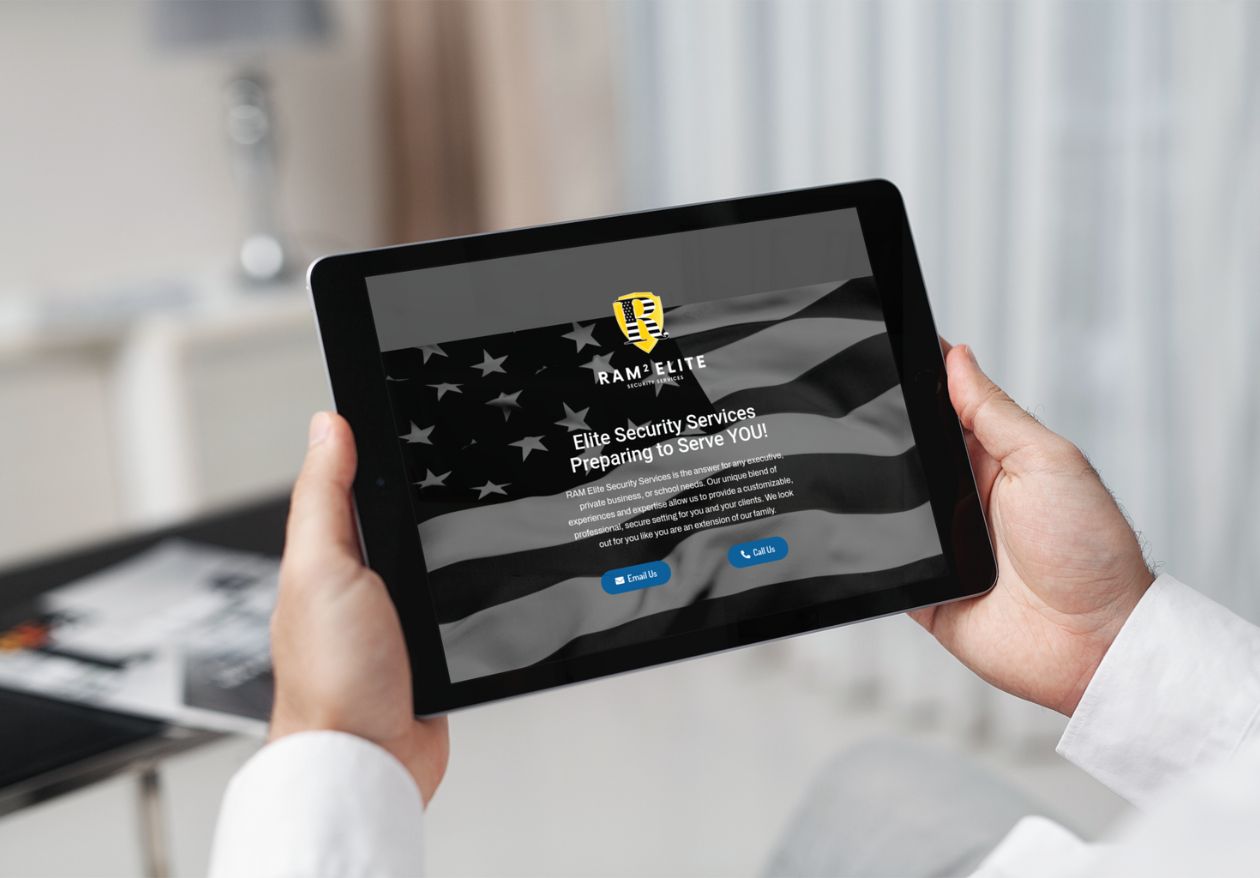A police department website is a gateway to information and community connection. But what happens when this vital resource doesn’t cater to the needs of a city’s diverse population? Unfortunately, it becomes inaccessible to individuals who may need it most.
According to the U.S. Census Bureau, approximately 22% of U.S. residents speak a language other than English at home. That number grows even higher in cities with rich cultural diversity. If your police website offers English-only content, you might be unintentionally alienating and underserving a significant portion of your community.
By prioritizing multilingual accessibility, you’re improving communication, thereby enhancing public safety. In this article, we’ll explore actionable ways to create a police department website designed to serve every member of your community.
Know Your Community First
Before making any changes to your police website, take the time to understand your community’s needs. Who are you serving? What languages do they speak? What other needs do they have?
Start with census data. The U.S. Census Bureau’s tools, such as Census Reporter, provide detailed demographic information, including languages spoken in your area. Local government databases can also give insights into linguistic trends at the city or county level.
Here’s an example: Suppose your local data reveals that 15% of your community speaks Spanish at home, while another 8% speaks Mandarin. Those numbers highlight the importance of providing content in those languages. You may also find that your community has a very large aging population, so it’s important to take that into consideration, with larger text sizes and easy to read fonts.
The closer you align your digital efforts with your community’s realities, the better your message will resonate.
Add a Translation Plugin
Adding multilingual capabilities to your police website doesn’t have to involve an expensive overhaul. Translation plugins offer quick, cost-effective solutions to bridge the language gap while you work on long-term strategies.
Popular Tools to Consider (With Pros and Cons)
Google Translate: A simple, widely used tool. While automated translations aren’t perfect, they are a great starting point.
- Pro: Free and easy to integrate into your site.
- Con: May lack nuance and accuracy, especially with complex legal terminology.
Weglot: A versatile paid option that’s compatible with most content management systems (like WordPress).
- Pro: Supports professional translations.
- Con: Requires a subscription, which could impact small department budgets.
WPML for WordPress Sites: Perfect for WordPress-based websites looking for integrated and customizable multilingual support.
- Pro: Offers flexibility and detailed translation management.
- Con: Requires technical expertise for full use.
Placement Matters
Translation options shouldn’t be hidden or hard-to-find. Add a prominent language selector on your homepage, near the navigation. Use recognizable icons like flags to make finding them even easier.
Be Culturally Aware
Multilingual websites aren’t just about translating text. They’re about understanding cultural nuances and presenting information in a sensitive, inclusive manner.
Avoid Common Translation Traps: Idioms or slang in English may not translate well into other languages. “Break the ice,” for example, could leave your non-English-speaking readers confused instead of engaged.
Use Plain Language: Simplify your messaging for clarity. Plain language is easier to translate and makes complex topics like public safety understandable for everyone.
Represent Diversity Visually: Take stock of your website’s visuals. Do your images reflect the diversity of your community? Adding inclusive photography or graphics demonstrates that everyone is welcome and considered.
Icons Speak Louder than Words: Universal symbols like police badges, emergency lights, and phone icons transcend language barriers. Incorporating these elements enhances usability for all visitors.
What to Translate First on a Police Website
Creating a fully—professionally—translated police website is a long-term project. Until then, prioritize translating the most critical information first.
- Emergency Alerts: Real-time information during crises should be accessible to everyone, regardless of language.
- Contact Information: How to reach police stations via phone, email, or walk-ins.
- How to File a Police Report: A step-by-step guide to ensure non-English speakers know how to safely share concerns.
- Community Programs: Details about workshops, outreach events, or youth initiatives.
- Rights During a Stop or Arrest: Empower your community by making this essential information understandable.
- Share Downloadable PDFs or Flyers: Offering translated PDFs allows visitors to print and redistribute critical documents offline.
Accessibility Counts, Too
While language is a key piece of accessibility, you’ll also want to design for individuals facing other barriers, such as physical or visual impairments.
Best Practices for Accessibility:
- ADA compliance is non-negotiable: Use tools like Axe or WAVE to ensure your police website adheres to accessibility standards.
- Screen Reader Compatibility: Make sure your translated content flows naturally when read aloud by screen readers. Clear headings and alt text are your best allies.
- Mobile Friendliness: Many users access websites via mobile devices. Optimize readability and navigation for smaller screens.
Ask for Feedback
Creating a multilingual, accessible police website is an ongoing commitment. To get it right, involve the people who will use it. Here’s are a few ways to gather community input transparently and effectively.
- Add a Feedback Form: Include a simple form where visitors can note issues or suggest improvements to language accessibility.
- Hold Community Forums: Meet with local stakeholders, from community leaders to advocacy groups, to ensure your site serves their constituents.
- Engage on Social Media: Announce updates and solicit input via your department’s Facebook, Twitter, or Instagram channels.
Building Trust One Word at a Time
Creating a multilingual and accessible police department website is a powerful step toward building trust and creating a safer community. Because when your site reflects the diversity of your city, it sends the message, “You belong here, and we’re here to serve you.”
If your police website needs a redesign, Moonlit Media is ready to help. With expertise in website design, we know how to create accessible, multilingual spaces that connect with your community.
Contact Moonlit Media today and start building an inclusive digital experience.












